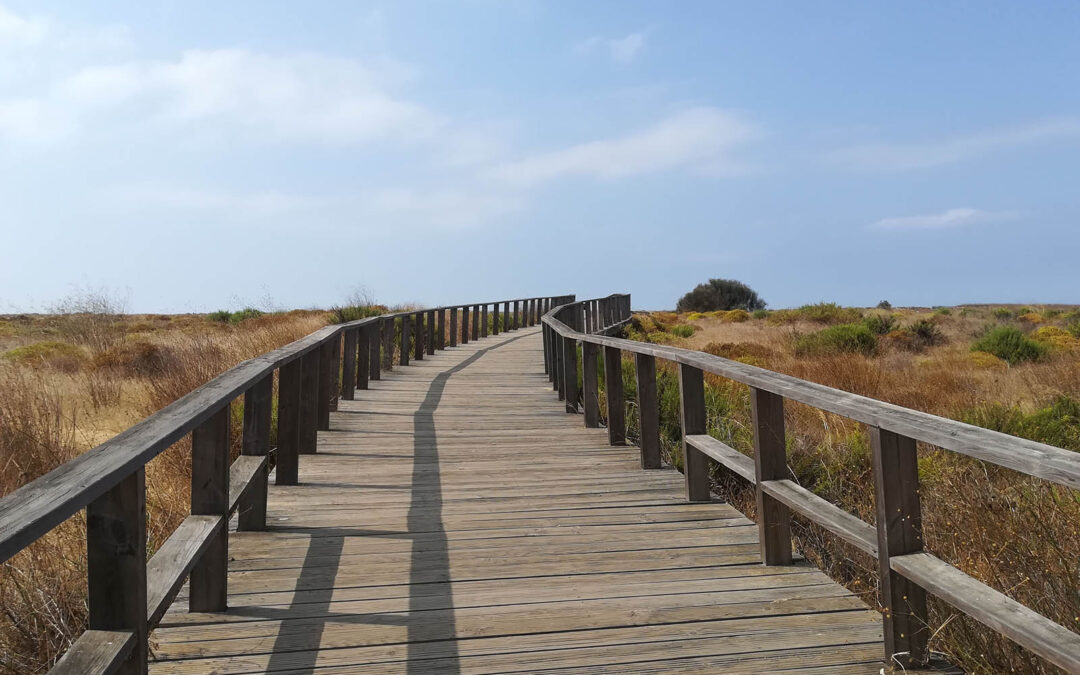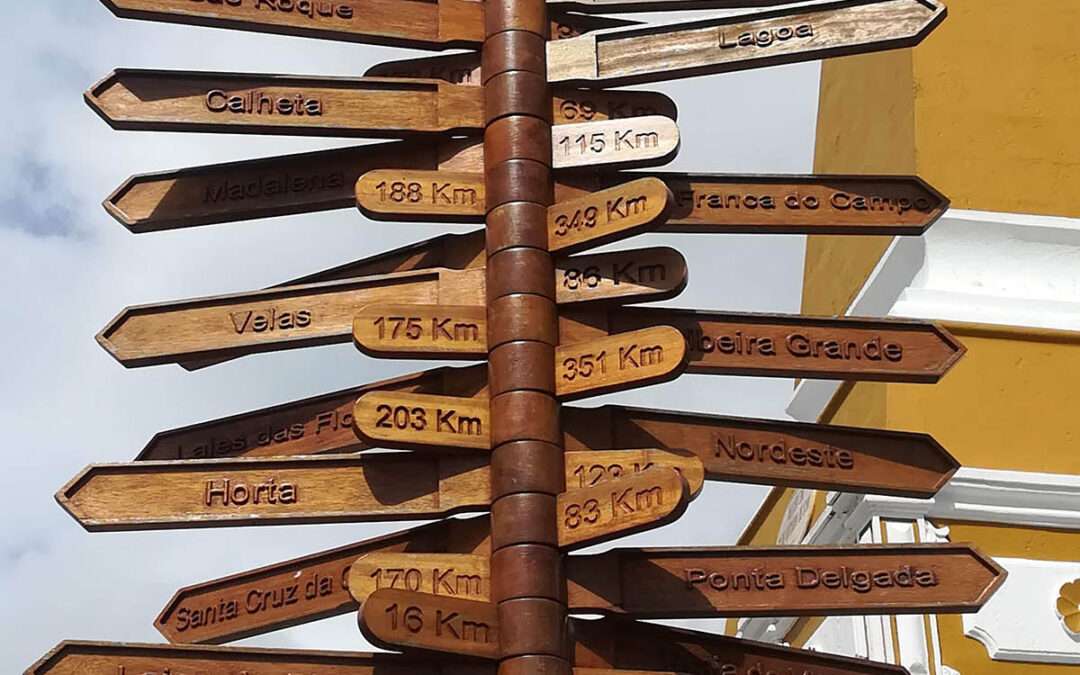
What happens during a coaching process?
1.)
The first step of the coaching process is a preliminary session, the objective of which is twofold: Firstly, to agree on the practical issues (venue, online platform, timing and duration) and secondly, to establish a supporting environment required to make you feel entirely secure throughout the entire process. In this phase:
- you become familiar with and understand the steps the coaching process
- you can tell me about your aims, doubts and concerns about the process, and we clarify the expectations
- together we can decide whether we are a good match to work together well. Yes, at this point the coach also has a decision point, as the coach may feel that a specific problem is beyond her / his competence, and the coachee would rather need therapy. The coach may also consider that a certain topic affects her / him too deeply, and therefore, could not participate in the process in a supportive, non-judgemental way
- aIf we agree to start the series of coaching conversations, together we lay down the framework of our future cooperation: starting point, topic, timeframe, venue, payment and cancellation terms etc.
By the end of our preliminary meeting we will have reached an agreement on the framework of the coaching process.
2.)
The coaching sessions form the foundation and provide the content of the process. During the course of these coaching conversations conducted as equal partners, your goals become clearer (or may even get transformed) and you will increase your ability to take a conscious and thorough look at your current situation and circumstances, and explore your opportunities. Once you have done so, you can make the decision and set out the next steps.
There are no strict rules concerning the number, frequency and length of sessions required to achieve the desired objective. The sessions generally last for 60-90 minutes, and the whole process is made up of 8-10 sessions. There are clients who feel they need coaching support on a weekly basis while others prefer to have sessions every two weeks and rather wish to practice and apply the skills and abilities discovered during our conversations in the meantime. In that respect coaching is a personalised development process.
Most of the coaching methodologies suggest that the goal of each specific 60–90 minute coversation shall be defined at the beginning of the session, also looking at the way the given session may support the client in achieving the desired overall objective. This helps to constantly keep the focus on the development of the client and the desired goal.
The process is about you. It is about your goals and your development. Your task is to actively participate in it, keep to the agreed framework, be open, contribute and be committed to achieve your goal.
As a coach I show an emphatic, non-judgemental approach – I listen to you, and reflect back what I see and hear, I summarise, reframe and ask questions, but I will never tell you what the right solution would be, I will not give advice, nor will I offer an opinion. My aim is to help you get familiar with and become aware of your feelings, thoughts and actions, so that you can discover your hidden resources and identify your motivations.
3.)
The closing session of the coaching process is equally important for both the coach and the coachee. We review your journey from the beginning till the end, and summarise the lessons learnt. Achieving your goals will strengthen your motivation and commitment, and may encourage you to develop further. And your feedback will assist me in expanding my own toolbox of professional experience.
The two major coaching organisations (European Mentoring and Coaching Council – EMCC, International Coach Federation – ICF) have developed their own codes of ethics. To learn more about these, click on the links below:




